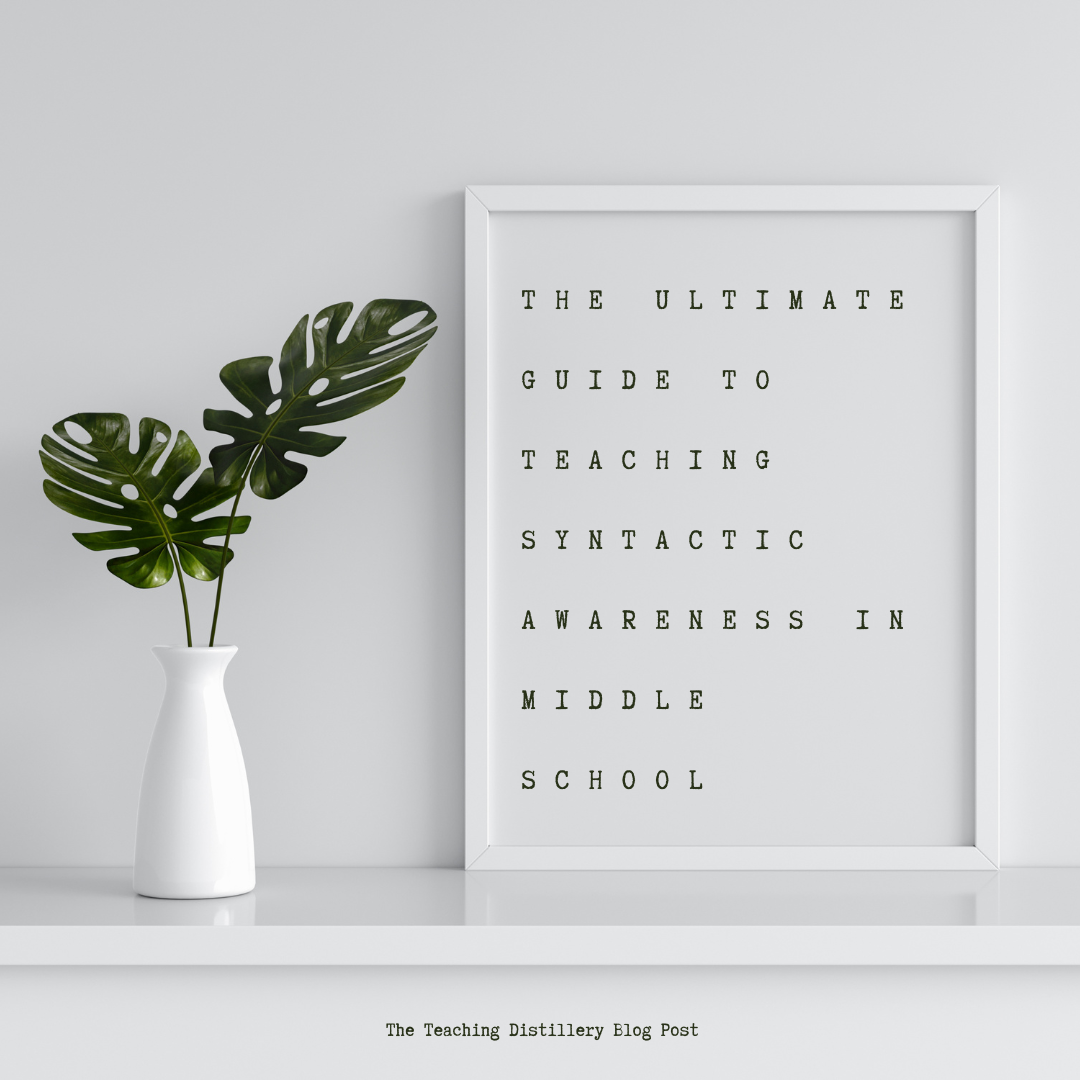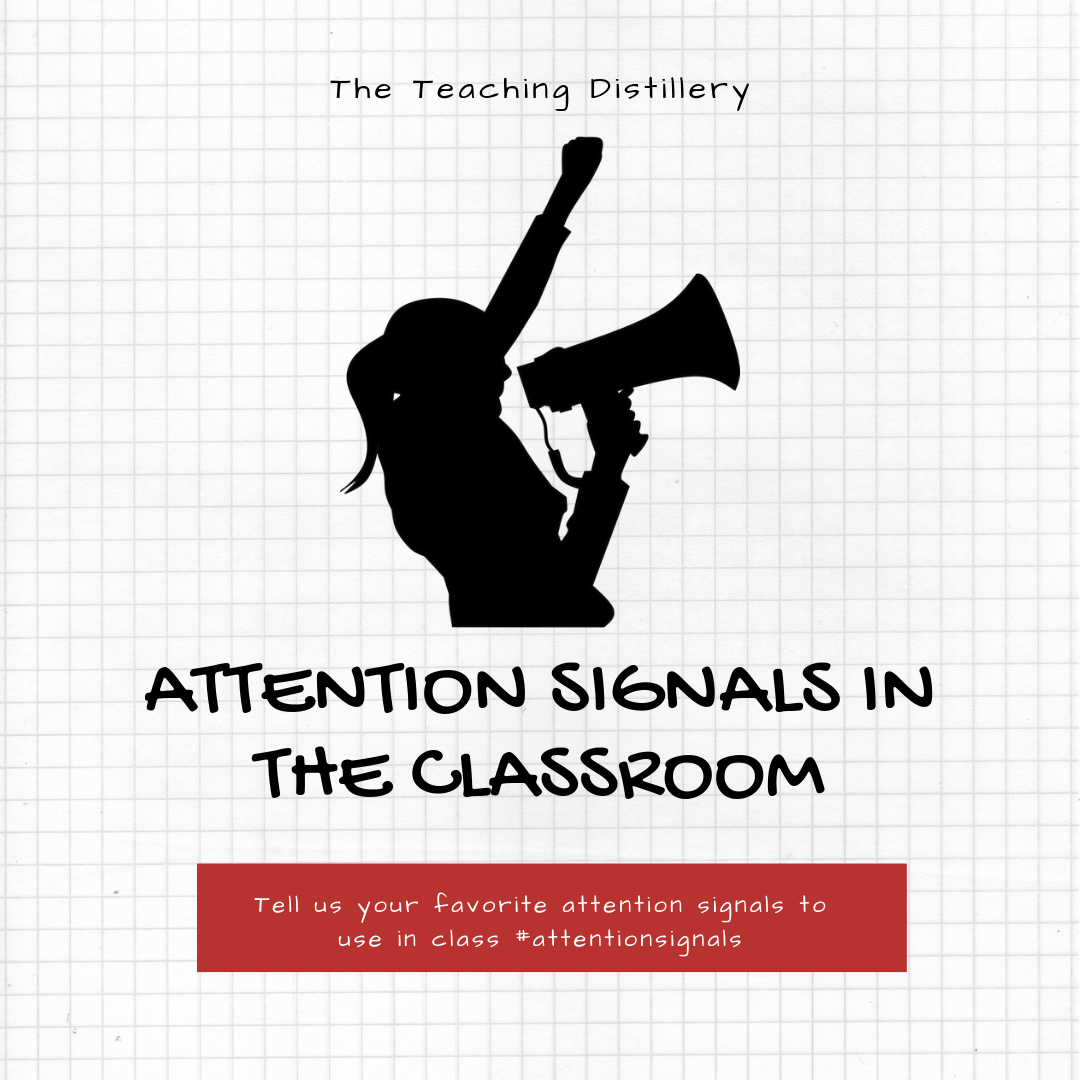The Writing Rope is a visual tool that helps students understand the different components of writing and how they all work together to create a cohesive piece of writing. The rope itself is made up of seven strands, each representing a different element of writing:
Read MoreIn middle school, students are at a critical stage in their linguistic development, and syntactic awareness should be a primary focus in language arts instruction. In this blog post, we'll explore what syntactic awareness is, why it's important, and how to teach it in middle school.
Read MoreAs technology continues to advance, teachers have been able to incorporate new tools and resources into their classrooms to enhance student learning. One such tool is Chat GPT, a large language model developed by OpenAI. Chat GPT can be used in a variety of ways to help teachers and students engage in meaningful and interactive conversations.
Read MoreToday, we're going to talk about a concept that might make you feel like you're in Hollywood - storyboard your curriculum! According to Heidi Hayes Jacobs and Allison Zmuda, two leading experts in the field of education, storyboarding your curriculum can be a great way to engage your students and ensure that they're actually learning something.
Read MoreAh, the attention signal. It is a teacher’s go to classroom management tool to garner the classroom’s attention or the bane of said teacher’s existence. Here at The Teaching Distillery we are big fans of attention signals, also known as the Call and Response technique. While our attention signals vary, the method and strategies we employ are the same.
Read MoreCalling all Taylor Swift fans and educators with a flair for fun! Are you ready to turn your classroom into a powerhouse of positivity? Well, get ready to channel your inner Swiftie because we've got a brilliant idea that combines education and Taylor Swift lyrics. Brace yourselves because we have created posters that proves why using her catchy tunes as classroom decor is the ultimate secret to keeping spirits high and minds soaring!
Read MoreAs teachers, we know that change is inevitable and often brings both excitement and challenges. One of the most significant transitions teachers can face is changing grade levels or subjects. Whether you're a seasoned educator or a fresh face in the profession, navigating this transition can be both daunting and rewarding. In this blog post, we will explore valuable tips to help you successfully adapt to a new grade level or subject and make the most of this transformative experience.
Read MoreAre you tired of seeing the same students always answering questions and leading discussions in the classroom, while others struggle to keep up? Do you want to create a learning environment where every student has a chance to shine and grow?
Read MoreWe all know that teaching is more than just delivering content to students. It involves building relationships, creating safe spaces, and sometimes, having tough conversations.
Read MoreWhen talking about race or racism in the classroom, there are bound to be times when a student says something that may not be appropriate - whether they mean to or not. How can you hold a firm boundary while also holding the student accountable?
Read More










